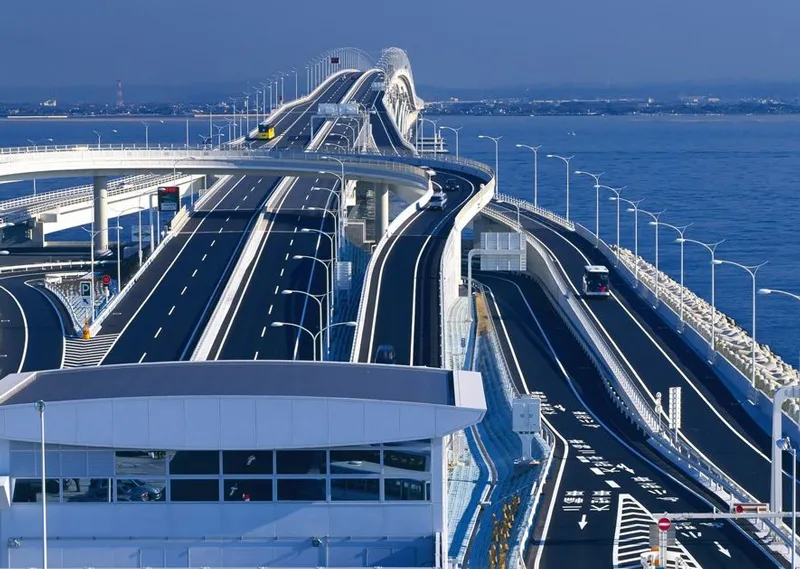Nov . 10, 2024 22:36 Back to list
Reassembling Connections After Dismantling Joint Structures for Enhanced Functionality
Dismantling Joints An Overview and Their Importance
Dismantling joints are crucial components in various industrial applications, particularly in piping systems. They play a pivotal role in ensuring both the efficiency and reliability of fluid transport systems. As the demand for robust and adaptable fluid conveyance increases in sectors such as water treatment, oil and gas, and chemical processing, understanding the functionality and advantages of dismantling joints becomes indispensable.
At their core, dismantling joints are designed to facilitate easy assembly and disassembly of pipelines and equipment. Constructed from durable materials like ductile iron, carbon steel, or stainless steel, these joints allow for quick access to the internal components of pipes, valves, and other fittings without the need for extensive dismantling of the entire system. This can save both time and labor costs during maintenance or installation processes.
Types of Dismantling Joints
Dismantling joints come in various types to accommodate different piping requirements and preferences. The two most common designs include the standard dismantling joint and the telescopic dismantling joint.
1. Standard Dismantling Joint This type generally consists of a flange and an integral penetration that enables longitudinal adjustment of the piping. It is suitable for applications where frequent maintenance access is necessary, such as in water supply systems. 2. Telescopic Dismantling Joint As the name suggests, this type allows for a more extensive range of movement. It can extend and retract, providing enhanced flexibility in both installation and decommissioning tasks. This feature is particularly useful in scenarios where the alignment of pipes needs adjustment.
Applications of Dismantling Joints
Dismantling joints are utilized across a broad spectrum of applications. In water and wastewater treatment facilities, for example, they allow for rapid maintenance of pumps, valves, and other critical components, thereby minimizing operational downtime. In the oil and gas industry, dismantling joints enable quick changes to various pipeline sections, particularly during repairs and inspections.
Moreover, dismantling joints are essential in heat exchanger systems in chemical plants
. Their design allows for easy access to tubes and other exchange elements, ensuring these systems can be cleaned and maintained without significant disruption.dismantling joint

Advantages of Using Dismantling Joints
The benefits of incorporating dismantling joints into pipeline systems are numerous
1. Ease of Maintenance The fundamental advantage of dismantling joints lies in their ability to facilitate rapid access for inspection, repair, or replacement of piping components, significantly reducing downtime.
2. Cost Efficiency By minimizing the need for extensive labor and reducing the time required for maintenance tasks, dismantling joints can lead to cost savings. In industries where time is money, this feature proves particularly valuable.
3. Flexibility The adjustable nature of many dismantling joints allows for easy modifications to existing systems. This adaptability is essential in environments where operational needs may change over time.
4. Enhanced Performance Ensuring that connections can be easily accessed and serviced contributes to optimal system performance. Regular maintenance enabled by dismantling joints helps prevent leaks, pressure drops, and other inefficiencies.
Conclusion
In conclusion, dismantling joints represent a significant innovation in the field of fluid conveyance and management. Their ability to simplify maintenance, reduce costs, enhance flexibility, and improve overall system performance makes them invaluable in numerous applications. As industries continue to evolve and expand, the importance of dismantling joints will likely increase, highlighting the need for further advancements in their design and application. Understanding these components is vital for engineers and technicians involved in the design, installation, and maintenance of piping systems in diverse industrial contexts. Their role is not only functional but is also an essential aspect of ensuring the longevity and reliability of infrastructure critical to efficient operations.
Share
-
Reliable Wafer Type Butterfly Valves for Every IndustryNewsJul.25,2025
-
Reliable Flow Control Begins with the Right Ball Check ValveNewsJul.25,2025
-
Precision Flow Control Starts with Quality ValvesNewsJul.25,2025
-
Industrial Flow Control ReliabilityNewsJul.25,2025
-
Engineered for Efficiency Gate Valves That Power Industrial PerformanceNewsJul.25,2025
-
Empowering Infrastructure Through Quality ManufacturingNewsJul.25,2025